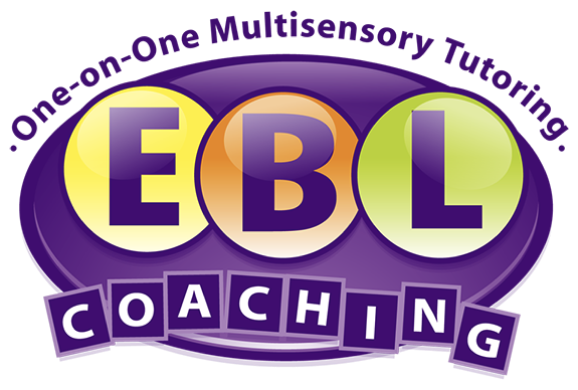
Time Management Tips For Kids With ADHD

Many kids have difficulty with scheduling enough time to complete tasks without getting overwhelmed; this can be even harder for those with ADHD.
Time management is a real struggle for many elementary, middle, and high school students. Maintaining an organized homework schedule, completing multi-step projects, and systematically studying for exams can be difficult for just about any child. Yet for students with ADHD, managing their time effectively can seem insurmountable. Help your ADHD child develop stronger time management skills with the ideas detailed below.
Time and Sequencing
You can begin working on the concepts of time and sequencing with your child at a young age. Start by discussing her daily routine. Explain the activities she does as a series of steps, like wake up, brush teeth, have breakfast, play, take a bath, eat dinner, and go to bed (add in the appropriate ones for your child). You may even want to draw or cut out pictures depicting each activity and have her color the pictures while you discuss what is involved with each one. Then hang them on her door in the proper sequence and discuss various sequencing terms. For example, you might point to “have breakfast”, then ask her to tell you what comes before breakfast and what comes after. Use terms like “first, “next,” “finally,” and so on, all of which will help her gain an understanding of concepts related to sequence and time.
Use a calendar!
Around age six, you may want to introduce your child to a weekly calendar. Use a whiteboard or a large sheet of construction paper to create a calendar for that week. Write the month on top (i.e. October), then mark each of the seven days with the month and day (like 10/22, 10/23, and so on). On the calendar, write in every activity for that week—afterschool classes, birthday parties, dinners, sports games, etc. You may even try designating a different color for each family member. At the end of the day, have each person cross off his or her completed items for that day (that’s always a great feeling of accomplishment!). Getting used to write down obligations and then crossing them off once completed will help solidify important time management and planning concepts.
Clocks
Teach your ADHD child to read and use a clock—preferably analog since it’s easier to see how time passes, but digital works too. Then practice timed activities to give him a sense of the passing of time. For instance, tell him he can play with his Legos for 10 minutes and set a timer for when 10 minutes are up. Likewise, you may tell him he has 12 minutes to eat breakfast, five minutes to make his bed, or eight minutes to complete a worksheet. For each of these tasks, set a timer for the given number of minutes, then discuss the timing when he is done. Did it feel short? Long? Adequate? The more he is exposed to different segments of time, the more he will understand how long tasks take to complete, and the more his sense of time will begin to improve.
Estimated vs. Actual Time
Once you have practiced the activities above with your child, try doing some estimated versus actual time exercises. Estimated time is the time she thinks a task will take to complete, and actual time is how much time it really takes. Have her set the table for dinner, for instance, but before doing so, ask her how long she thinks it will take (perhaps three minutes) and write this ET (estimated time) on a whiteboard. Then start a timer or simply note the time and compare it to the AT (actual time) it takes to complete. Write the AT next to the ET on the white board and discuss the difference. Was the ET much lower than the AT? Or vice versa? The more you practice these types of exercises with your ADHD child, the more realistic she will become with how long tasks actually take to complete.
Maintain a Planner!
It is imperative that students with ADHD maintain a planner. They may think they can “remember” their assignments and can “get them done” without writing them down, but in reality, as they move through school, this “memory” approach becomes almost impossible to sustain. Encourage your child to write down every upcoming test and assignment, along with all other obligations, like sports practices and games, parties, family activities, and so on. Make sure he crosses off completed assignments and encourage him to break down long-terms projects and assignments into steps, then write each step in his planner. He can apply the ET/AT strategy within his planner, estimating how long he thinks each assignment will take and comparing it to the actual time, then order the assignments based on which one he wants to complete first, second, third, and so on.
Time management can be an increasing struggle for ADHD students as they progress through school. Encourage your child to try these strategies and she will become more organized, on top of work, and ready to tackle any task that comes her way.
